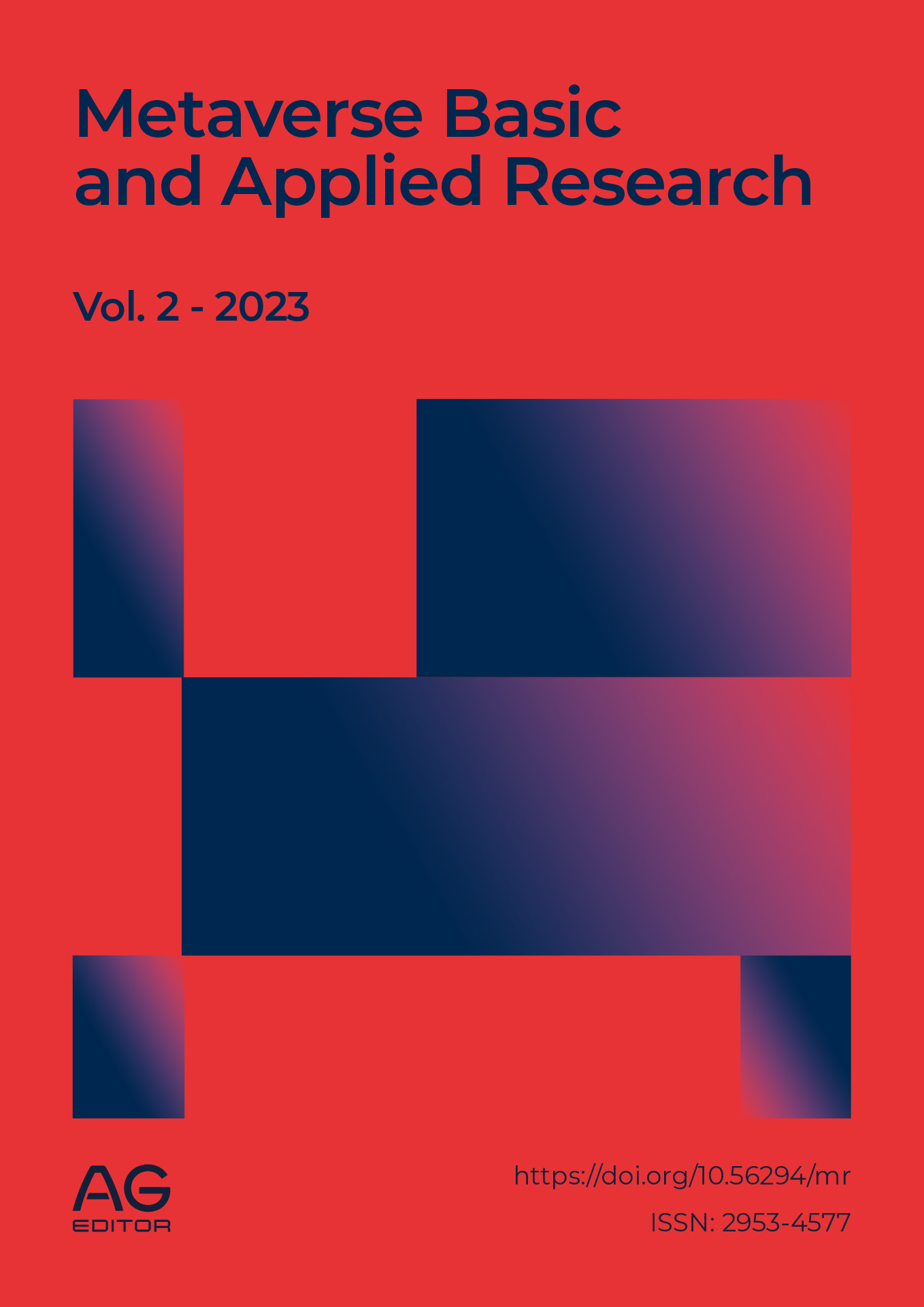New educational triad; technology, bond, society. an epistemic parsimony
DOI:
https://doi.org/10.56294/mr202570Keywords:
Community, chool, Family, Technology, TriadAbstract
The following article has as its methodological basis the documentary review, since it will contain a set of assertions that come from the theme; triad "Family, School, Community". All this, analyzed from the episteme as the central axis with the idea of knowing; what were the philosophical bases that gave rise to the educational triad as an element that integrates the educational fact. The principle of parsimony as a methodology consists in affirming that the simplest and most vague explanation is the correct one to discern. As a final objective, its evolution towards a new nomenclature called; "Technology, Link, Society". In order to establish new philosophical foundations in the triad, all this is confronted with filmographic elements of the film "The Wave" by Dennis Gansel, all to verify the existence of characteristics of the epistemology of error within the Triad. At the same time, to advance interpretations of the triad under a transitional model.
References
1. Alvarado MAG. IA´ Tools for the development of investigative skills. LatIA 2023;1:17–17. https://doi.org/10.62486/latia202317.
2. Boutahir MK, Hessane A, Lasri I, Benchikh S, Farhaoui Y, Azrour M. Dynamic Threshold Fine-Tuning in Anomaly Severity Classification for Enhanced Solar Power Optimization. Data and Metadata 2023;2:94–94. https://doi.org/10.56294/dm202394.
3. Cano CAG, Castillo VS. Systematic review on Augmented Reality in health education. Gamification and Augmented Reality 2023;1:28–28. https://doi.org/10.56294/gr202328.
4. Castillo JIR. Augmented reality in surgery: improving precision and reducing risk. Gamification and Augmented Reality 2023;1:15–15. https://doi.org/10.56294/gr202315.
5. Declaración Mundial sobre la Educación para Todos. 1990. Unesco.
6. Freire, Paulo. (1970). Pedagogía del oprimido. Siglo XXI Editores.
7. Fumero, Albin (2019) Hecho Educativo Venezolano. Relación con lo Cultural-Socio-Político.
8. Gaceta Oficial de la República Bolivariana de Venezuela Nº 5.929 de carácter extraordinario en fecha 15 de Agosto de 2009. Ley Orgánica de Educación (2009)
9. Gansel, Dennis. (Director). (2008). La Ola [Película]. Constantin Film.
10. Gonzalez-Argote D, Gonzalez-Argote J, Machuca-Contreras F. Blockchain in the health sector: a systematic literature review of success cases. Gamification and Augmented Reality 2023;1:6–6. https://doi.org/10.56294/gr20236.
11. Líbano JM, Campusano NG, Castillo JP, Oyanedel JC, Cabrera MMY. Psychometric Properties of the Social Media Addiction Scale (SMAS) on Chilean University Students. Data and Metadata 2023;2:91–91. https://doi.org/10.56294/dm202391.
12. Neves VR, Djament L. Benefits of the use of telemedicine in patients with obesity: A systematic review. Gamification and Augmented Reality 2023;1:4–4. https://doi.org/10.56294/gr20234.
13. Paredes, A. y Henriquez, A. (2004) Estrategias en la integración Escolar. Chile. Anuario Pedagógico.
14. Quispe JFP, Huamantumba CFG, Huamantumba EG, Huamantumba AG, Serquen EEP, Carbajal LVR, et al. Quantitative Evaluation of the Impact of Artificial Intelligence on the Automation of Processes. Data and Metadata 2023;2:101–101. https://doi.org/10.56294/dm2023101.
15. Ramírez LÁ. Artificial Intelligence in Psychological Diagnosis and Intervention. LatIA 2023;1:26–26. https://doi.org/10.62486/latia202326.
16. Rhue, Morton. (1981). La Ola. Everest.
17. Rodríguez & Concepción (2020) La integración escuela-familia-comunidad: un reto para la educación contemporánea.
18. Rodríguez-Pérez JA. Augmented reality as an accessory technology in surgery. Gamification and Augmented Reality 2023;1:27–27. https://doi.org/10.56294/gr202327.
19. Sinisterra DV, Barrientos KJ, Villota MAL. Benefits and challenges of artificial intelligence in the Colombian health system. LatIA 2023;1:25–25. https://doi.org/10.62486/latia202325.
20. Suárez YS, Alawi AM, Ricardo SEL. Hospital processes optimization based on artificial intelligence. LatIA 2023;1:19–19. https://doi.org/10.62486/latia202319.
21. Tapia JVM, Gallo VHP, Morales NEM, Chavarrea TLP. Comparison between CAD-CAM and conventional techniques in the manufacture of fixed zirconia prostheses. Data and Metadata 2023;2:90–90. https://doi.org/10.56294/dm202390.
22. Torres ER, Rodríguez RC, Briñez ET. Use of AI to improve the teaching-learning process in children with special abilities. LatIA 2023;1:21–21. https://doi.org/10.62486/latia202321.
23. Triantafyllou SA. A detailed study on implementing new approaches in the Game of Life. Data and Metadata 2023;2:95–95. https://doi.org/10.56294/dm202395.
Published
Issue
Section
License
Copyright (c) 2025 Miguel Ángel Meza Lozada (Author)

This work is licensed under a Creative Commons Attribution 4.0 International License.
The article is distributed under the Creative Commons Attribution 4.0 License. Unless otherwise stated, associated published material is distributed under the same licence.






